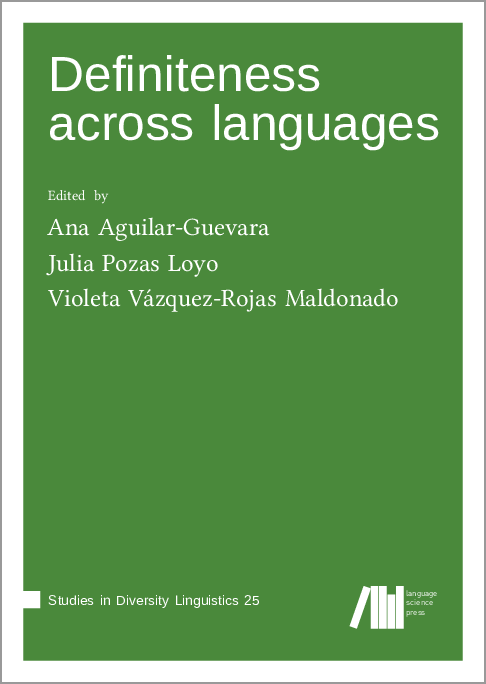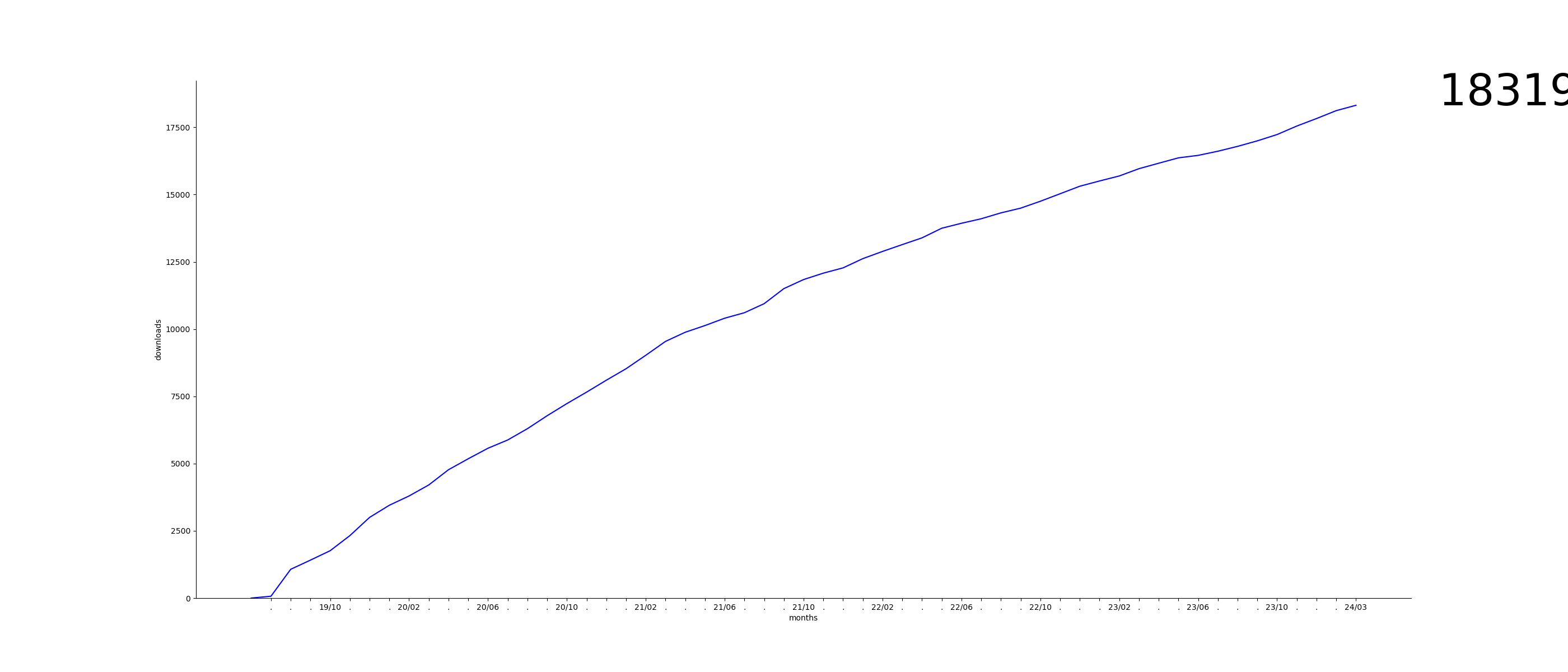We log anonymous usage statistics. Please read the privacy information for details.
Definiteness across languages
Synopsis
Definiteness has been a central topic in theoretical semantics since its modern foundation. However, despite its significance, there has been surprisingly scarce research on its cross-linguistic expression. With the purpose of contributing to filling this gap, the present volume gathers thirteen studies exploiting insights from formal semantics and syntax, typological and language specific studies, and, crucially, semantic fieldwork and cross-linguistic semantics, in order to address the expression and interpretation of definiteness in a diverse group of languages, most of them understudied. The papers presented in this volume aim to establish a dialogue between theory and data in order to answer the following questions: What formal strategies do natural languages employ to encode definiteness? What are the possible meanings associated to this notion across languages? Are there different types of definite reference? Which other functions (besides marking definite reference) are associated with definite descriptions? Each of the papers contained in this volume addresses at least one of these questions and, in doing so, they aim to enrich our understanding of definiteness.
Chapters
-
Definiteness across languagesAn overview
-
Weak vs. strong definite articlesMeaning and form across languages
-
Definiteness in Cuevas Mixtec
-
Strong vs. weak definitesEvidence from Lithuanian adjectives
-
On (in)definite expressions in American Sign Language
-
A nascent definiteness marker in Yokot’an Maya
-
Definiteness across languages and in L2 acquisition
-
Licensing D in classifier languages and “numeral blocking”
-
On kinds and anaphoricity in languages without definite articles
-
Definiteness in Russian bare nominal kinds
-
A morpho-semantic account of weak definites and Bare Institutional Singulars in English
-
Is the weak definite a generic?An experimental investigation
-
Most vs. the most in languages where the more means most
-
Definiteness, partitivity, and domain restrictionA fresh look at definite reduplication
Reviews
-
Review on LinguistList
by Justin Case
published April 7, 2021
[...] This volume presents a collection of high-quality articles that touch on various aspects of definiteness marking and/or interpretation without significant overlap in theoretical or methodological orientation, or the languages they study. On the one hand, the diversity of materials and analyses found in this work reflects the underlying variation found in definiteness marking across natural languages, and across the field of linguistics generally. For instance, just as Despic (Chapter 8) adopts the position that bare nouns are always NPs, and not DPs, Borik and Espinal (Chapter 9) provide ample evidence for certain bare nouns (at least in Russian) to behave like full DPs with a silent article. The fact that two competing positions are advocated in the same volume can be enlightening to scholars aiming at a holistic understanding of the approaches in the literature. In addition, taken together, the papers in this volume demonstrate the need to go beyond our preconceptions, particularly those associated with our methodological orientations, in order to address syntactic, semantic and functional subtleties regarding definiteness and to get the facts straight.[...]




